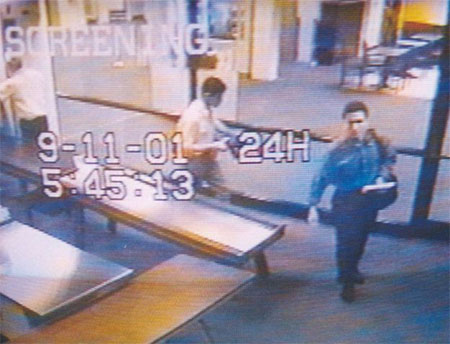The words “we will never forget,” have remained the truth, as each year, since 9/11/2001, people gather in remembrance of everyone affected by the tragedy of senseless plane crashes. As the story developed live, years ago, this tragedy was labeled as a terrorist attack on America, and it’s sad to say, “hindsight is 20/20.”
Recently-released, eye-witness accounts have surfaced, revealing some terrifying discoveries: at least three people spotted al Qaeda hijackers casing security checkpoints at Boston’s Logan Airport months before the 9/11 incident. The eye witnesses even spoke up, but to their dismay, they were ignored. 
One of these witnesses, Stephen J. Wallace, a 17-year American Airlines technician, remembers the morning of May 11, 2001 vividly as he alerted Logan authorities that two men – one of whom was identified as Mohamed Atta – were acting suspiciously outside the main security checkpoint. Wallace said that one man was videotaping and taking photos of a flight boarding to Washington, D.C. and the checkpoint from about 25 feet away, while the other man was speaking loudly in Arabic on his cellphone. Wallace reported that this behavior lasted for at least 45 minutes.
Wallace approached the two men, pointing to a display of prohibited items and asked them if their bags contained any of this “stuff.” In response, the men grabbed their belongings and raced to another checkpoint. Wallace pursued them, alerting several authorities during the chase. However, authorities did nothing, even though they had the authority to investigate anybody. Two months prior to this incident federal authorities issued an airline advisory that al Qaeda terrorists are known to conduct surveillance before an attack.
The reality is that two terrorist hijackers were allowed to go through airport security without being stopped and asked for their names, tickets, driver’s license or passport, opening their bags or patting them down.
Could at least part of te 9/11 tragedy been prevented? It’s eerie to consider, isn’t it?
(Article image from worldmag.com and slide show image from Larry Bruce / Shutterstock.com)